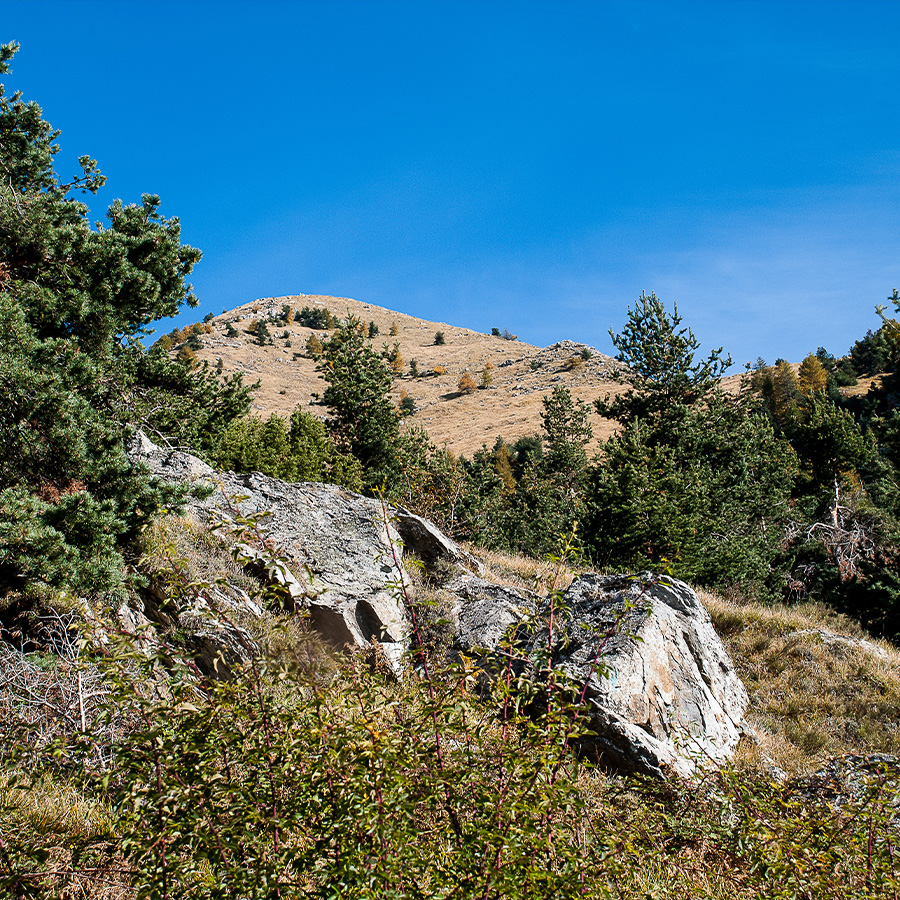Territory
Where Nature remains untouched for 10,000 years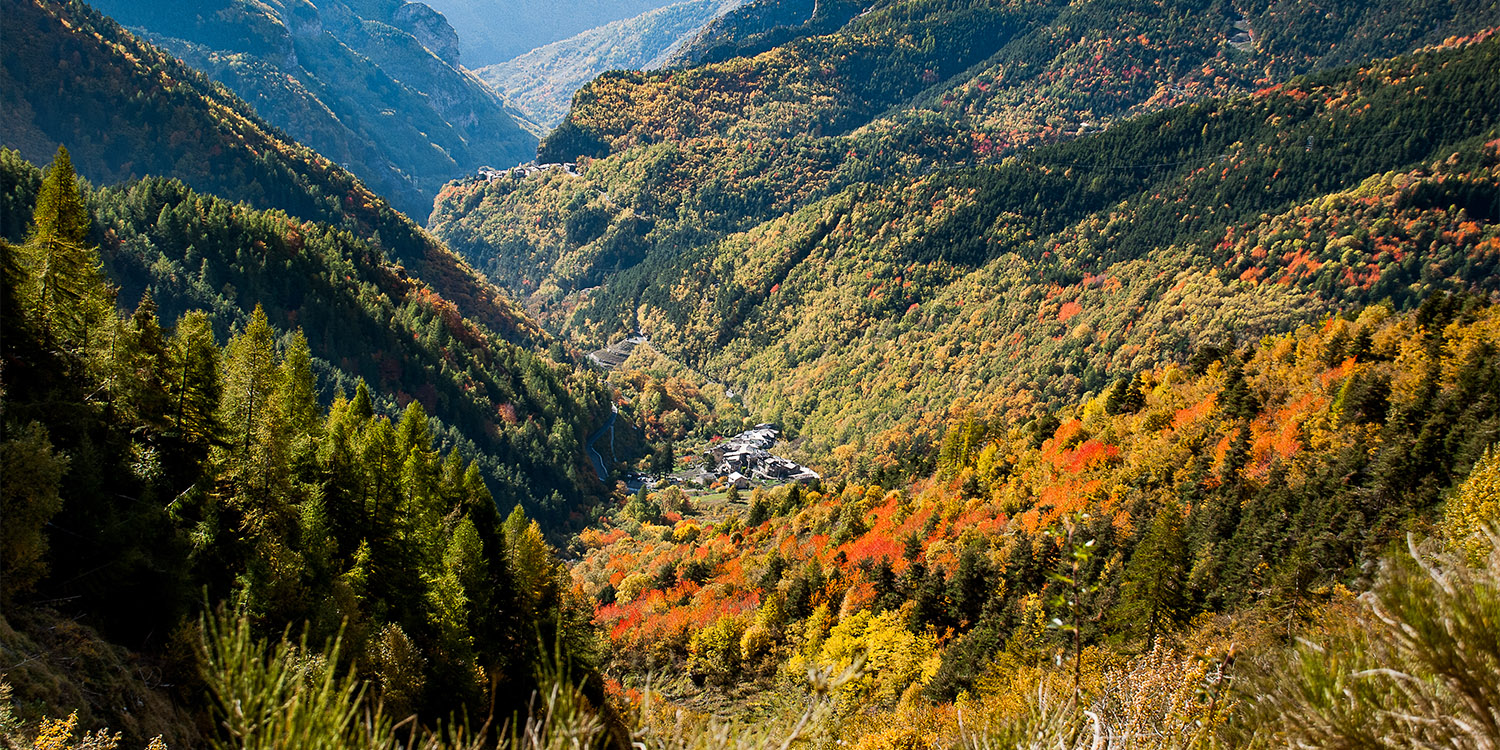
Entering the woods

The municipal territory of Triora is almost 70 square kilometres. So, 10,000 football or rugby pitches. So many if the territory were flat. In reality it isn’t flat at all and so there are lots and lots more. Sloping. More than a quarter of this space is now occupied by forests. It has not always been so, because the woods are now advancing as mountain farming has been abandoned. Five hundred years ago, the Statutes of Triora spoke of woods that were not extensive. In fact, in previous centuries much wood had been cut for shipbuilding in the coastal centres and beyond, obviously Genoa and perhaps Pisa. Man intervened here. He changed the wood and worked on it. The larch trees in the precious Gerbonte wood (state forest, therefore state property, since 1890) were introduced, they are not an original Ligurian thing. The woodland was generally in public ownership and was regularly rented out for wood.
Read more
The local population, of Triora and the towns around Triora, could collect the layer of leaves on the ground, useful in the stables, or the fallen and dry wood needed for the house fire, which burned every day and all day long. In the kitchen, for warmth and cooking.
Woods have always been considered different on the basis of their trees and thus their value. Firstly, we speak of tall forests, with larch and beech trees. Then we talk about coppice, with beech, oak, hornbeam and some chestnut. The trees are bare in winter. Finally, there is the mixed forest with downy oaks.
In the less valuable woods there are wild hazelnuts, useful for the vegetable fibre used to make baskets and for the leaves used as winter fodder for animals. Acorns from the oaks feed the pigs, which are well represented. The forest was alive and should be, with many people living in it, especially in summer. They work in it.
The trades in the forest depend on the trees: the tall trees are used for shipbuilding, civil engineering and carpentry. They are cut down from May onwards. The other trees are used to make charcoal, charcoal in the charcoal makers’ spaces. They are fed to fire limestone and lime is obtained. Tools for the house and countryside are produced.
In the woods the municipal vigilantes, the campari, circulated, just as we meet the Carabinieri Forestali today. Axes of all sizes and, finally, large saws pushed by force of arms, before chainsaws: these are the symbolic tools of the forest, with the cuts organised from 150 years to the current day.
Seeding a field
If you own a space, use it. In Liguria and in Triora this is always the way to do it. Even if there is no space, it is created by terracing. The land is supported by thousands of cubic metres of walls built with just stone and earth. They have been doing this here for centuries. Mediterranean know-how, an intangible heritage of humanity for UNESCO. In this region you can see the sea, the beach, but in the past this region meant people living in places like these, in Triora. And they cultivate, in high places, overcoming the slope. A primary human action is carried out: sowing. This is how the so-called ‘arable land’ is created: simple or with trees (‘Arborati’) or with the use of water (‘Irrigui’). The world of sowing has been the main world of Triora for centuries. The very name Triora may derive from Triticum: wheat. Triora has its own museum with all that is needed in arable farming. There are crops close to the villages, even in the present-day hamlets: in Villaro, and in Cetta, Creppo, Goina and even higher up in the area of Gerbonte and even above Verdeggia, at an altitude of 1000 m, in areas that for centuries were at the centre of disputes with the neighbouring inhabitants of Briga.
Read more
For a long time, people produced soft rather than hard wheat (the former is good for making bread or fresh pasta, the latter for making dry pasta). And then so-called ‘minor’ cereals, but very important for the local diet: rye, spelt, millet and even barley. In addition, pulses grow: broad beans and beans. And vegetables such as turnips. Saffron is a unique feature mentioned in local laws (Statuti) five hundred years ago. In fact, it is a spice, of Middle Eastern origin, cultivated here for a trade that could bring important wealth. Even today it is still very expensive: it is worth as much as gold. Moreover, each plant is harvested for its flowers. It is clear that the land does not always have to be sown in the same way. Sowings are alternated, and 120 years ago it was possible to sow, in four years, firstly wheat, and then wheat for the second year (this is called ‘re-sowing’), then barley and then potatoes. Potatoes are a product of American origin, not very popular in Europe for a long time, but in places like Triora, two hundred years ago, they became very popular and replaced turnips. The soil requires a lot of hard work. Thanks to agricultural observations in the early 20th century, we know that a plot sown with 25 kg of wheat first required 55 days of hoeing. The soil was worked down to a depth of 35 cm. (wider than the longest ruler you brought to school). When the first seedlings emerged, the women worked for a month with the hoe and for 15 days by hand to remove all the weeds. Harvesting took 12 days. The ears were gathered into sheaves and dried in the sun. The grain of wheat was then separated from the rest by threshing in the farmyards of the villages, on a surface made as smooth as possible. Sticks tied to strips of leather (Corregge) were used. The land could also be ploughed by oxen pulling a plough, but it was not so common to have complete equipment. With the arrival of potatoes, the land was also fertilised with manure every four years. Even at high altitudes, they use manure from animals that have spent the summer on the mountain pastures. Fertilisation is useful for facilitating the growth of potatoes, which require less care in weeding. In the so-called arboreal arable land, vines are found, often at the edge of the terraces, so as not to waste a single centimetre of soil. Beans grow best near water, especially since the arrival of all the new varieties from America. Observations made about 100 years ago indicate a production of 88 kilos of beans on a plot of 740 square metres. In other words, a quintal of beans on a plot of land about the size of eight medium-sized modern flats. Living close to arable land when cultivating crops means you have to work so many days. If they are far away from the usual house, people move to rural areas. It’s more or less the same, the climate is summer-like but cool. The fatigue remains high.
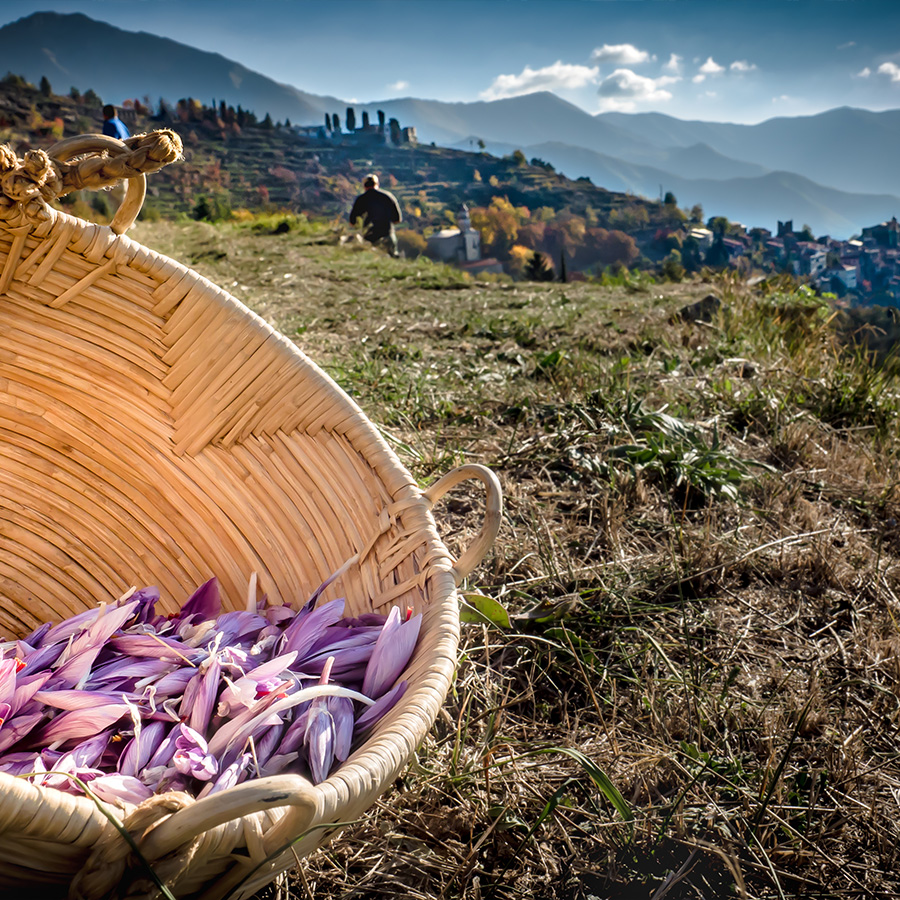
Living in the meadows
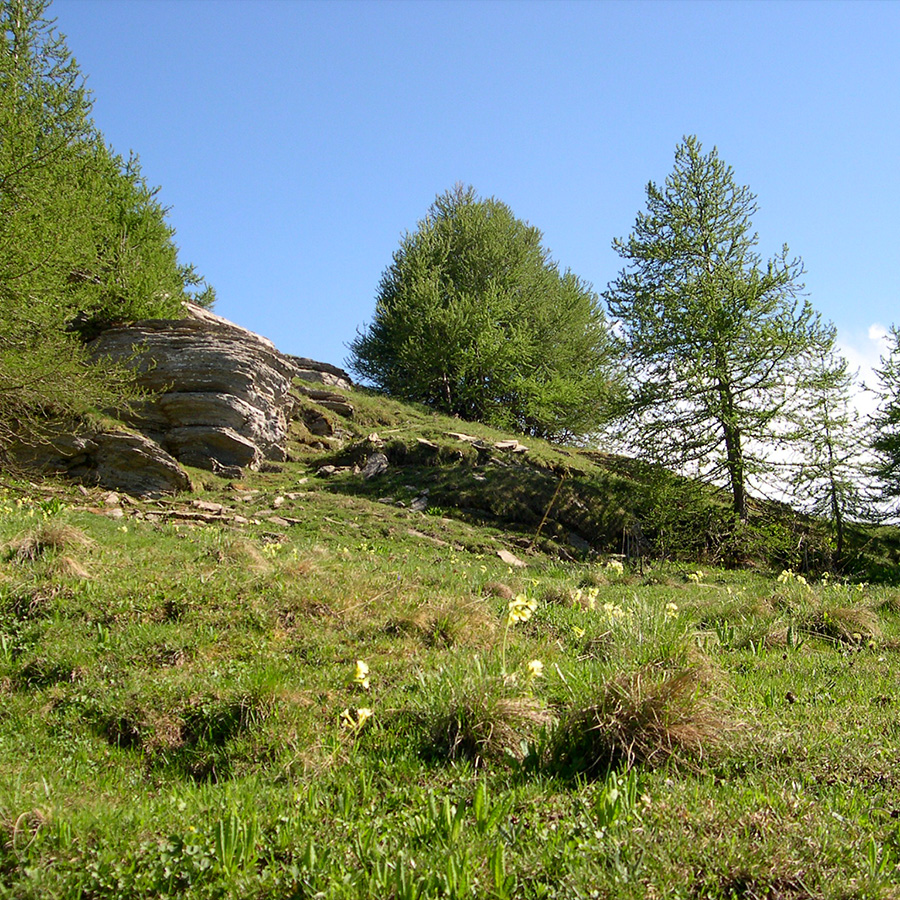
If you see a beautiful meadow today, with cut grass, near the forest, perhaps exposed to the sun, you immediately think of having a picnic, a barbecue and using it as a playground. Just you. For centuries this was not the case.
That grass was much more valuable. The grass had to be cut every year because, when dried, it was kept as fodder for the winter. In Triora, in fact, herds of cattle were stationed, in which the richest families invested money.
Also passing through Triora were flocks of sheep. Thousands of them. They all needed to eat when there was no more summer grass in the pastures. The grass cut in the meadows is of different quality, depending on the species of plants present.
The quality of the grass also varies depending on the altitude of the meadow. There are ‘Convenient’ meadows, close to inhabited areas and others far away, in elevated locations, whose quality is legendary at least locally (Arpiglia, Ravin). The meadows were generally managed by the municipality, as well as by religious bodies and, later, by private individuals, who rented them out.
Read more
Harvesting operations were carried out during the month of August. For example, one and a half hectares of meadow, practically two football fields, could be mowed very well in eight working days.
That is if there were only a few mowers. More grass, more mowers. With a few tools for centuries of effectiveness, which you can learn about in the museum. Suffice it to say that each worker carried at least three or four blades with him, changing them every time one of them cut less. The hay produced was transported to covered and safe sites.
It was a time of great mule traffic, to and from several times a day, although in more recent times cable cars had been installed. The meadows were then observed, cared for all year round, when it was necessary to clear shrubs that would otherwise have taken the place of grass. While working on the more isolated meadows, it was necessary to settle with the whole family in masonry huts, living in absolute contact with Nature. It was the life of the meadow. At night, little light, the stars and dreams watching the distant lights of Triora or even more distant villages if not settlements along the coast.
Grazing, for a thousand and one years
The story of Triora and its territory includes people who may appear to be homeless. The shepherds. Livestock farming in Triora has always been very important. Those who had money invested in buying cattle. Everyone had at least one goat: it meant fresh milk, butter and a little cheese. Triora is on the route of two fundamental stages in the annual life of a sheep herder, because it is an obligatory passage down or up to the summer pasture. Around Triora, 800/1000 metres above sea level, is an intermediate stage. In summer, the animals stay in even higher ground. They are “L’Alpe”. Places controlled and managed by the Community, rented out. They practised “Debbio”, setting fire to the areas to burn off the troublesome shrubs and believing they would improve the performance of the soil. Over the centuries, indeed for more than 2000 years, the number of sheep stands out. It reached over 50,000, about 100 years ago. The Triora area is like a stadium full of sheep, sold out for a big game. Noisy, with bleating, cowbells and sheepdogs. The referees are the shepherds themselves, often grouped together in operational groups. They are all or almost all of Brigasca origin. They are not from Triora, but from that area that borders Triora in the direction of what is now France.
Read more
Today the municipality of Triora, with the territory of Realdo, includes part of what was once the area of Briga, on both sides of the Alpine peaks. Once again, a mountain border system has been defined, which is different from our current vision. For 800 years and up until the last century, in the mountain pastures, an idea of common use of space survived, given for some years to Briga and for others to Triora, for example. Of course, there were arguments, also because over time private interests or political influences from the State (Genoa, Savoy) appeared.
In the end, a very important figure, the Abbot of Servient, nephew of the powerful King of France, Louis XVI… the “Sun King”… agreed with everyone. This was in 1670 and documents from a hundred years ago still refer to this measure. Basically, it was like giving the ball to Briga and Triora. In the meantime, the shepherds made cheese and sheared the sheep near Triora before going up to the heights. The wool was processed on local farms. One climbs to the high pastures on 11 June, the day of Saint Barnabas, one of the important “Ligurian” saints. One descends on the first of September. All in one day. The museum contains objects from the life of the shepherd, the management of cattle, sheep and goats. Even if it means taking the village goats to a nearby pasture. The boys from each district take it in turns to make sure that the voracious animals do not do any damage. They eat everything. And then in the evening, as soon as each goat is in the village, it finds its own stable.
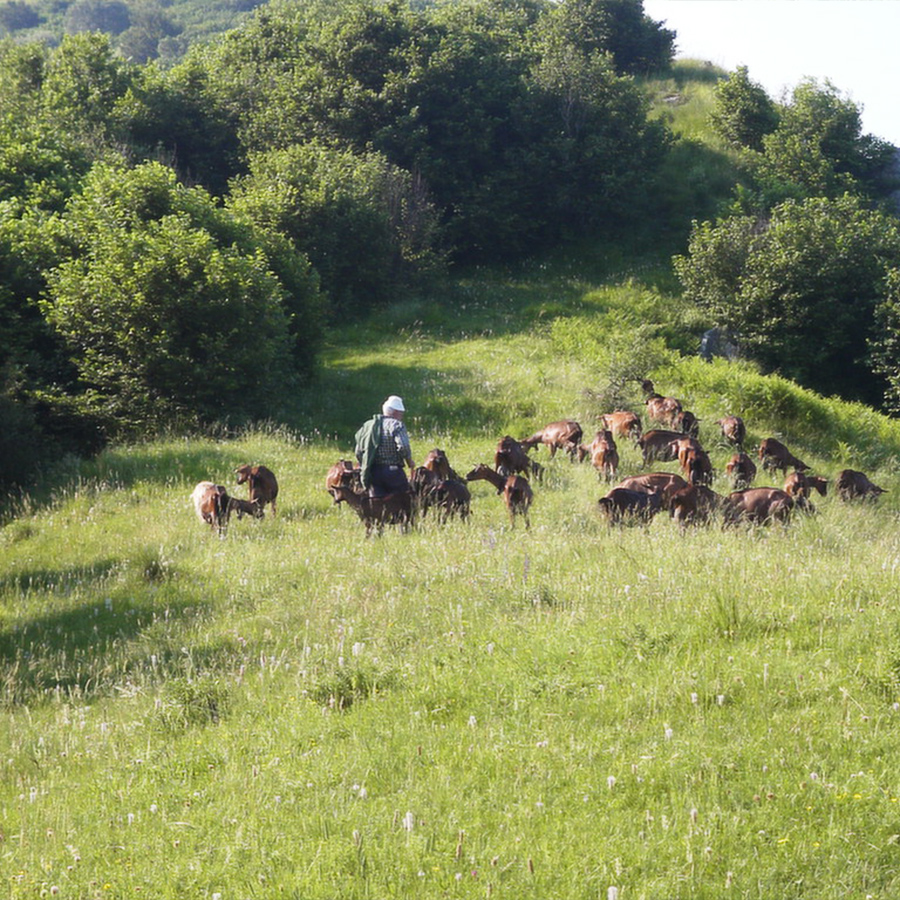
The chestnut grove: a resource for all
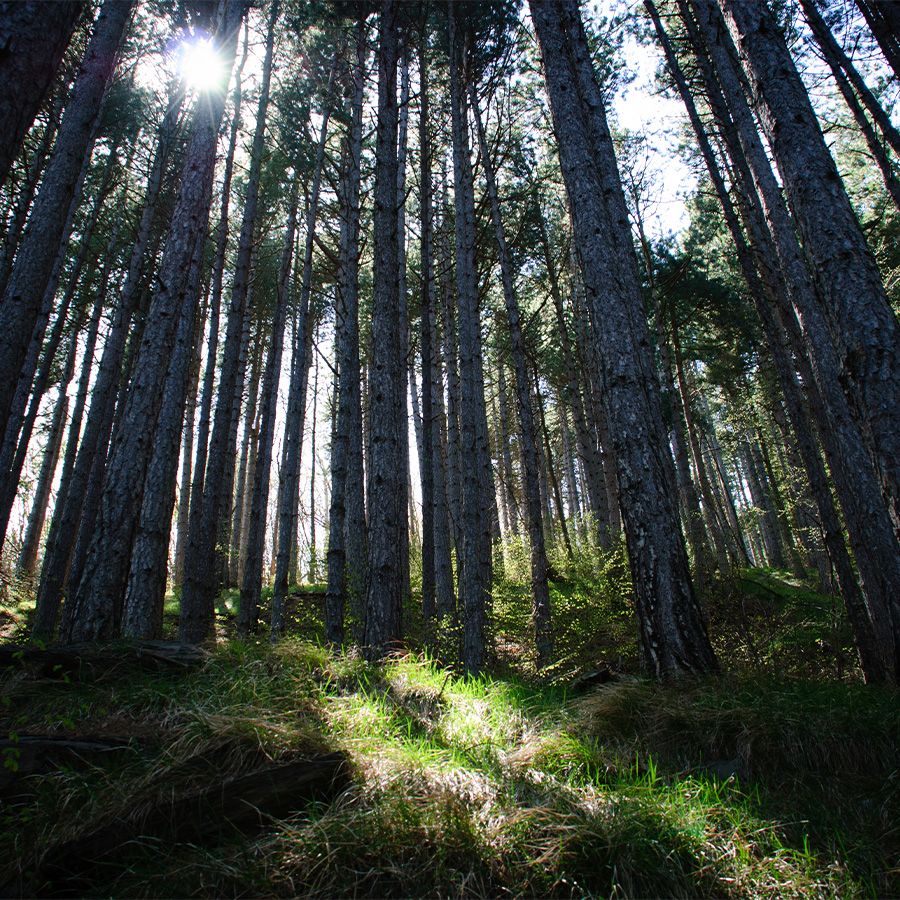
Some objects in the Triora museum itinerary can be linked to the fantastic world of the chestnut tree. The chestnut grove is one of the town’s main resources. Once upon a time. Economic surveys of forests, carried out just over a hundred years ago, always tell of chestnut trees being defined as ‘ancient’. We still find them in the area: colossal trunks, endless branches. These trees were, would be, very productive. Twenty adult trees yield 180 kg of chestnuts. Not all chestnuts are the same. The locals know them: the chestnuts of Triora, for example…
Read more
The trees were cared for, pruned, cleaned up. The ground underneath was kept clear: in spring the cows were taken there to graze. Any shrubs were removed with powerful hoes. Harvesting was often carried out by the women: in one day, one person could harvest about 50 kg of chestnuts.
Just think of the remarks Enrichetta Borelli made while she was being tortured in 1587 for being believed to be a witch. The wind was whistling and she knew it was not good for chestnuts.
Afterwards she talked about this fruit with real desire. About the pleasure of picking them. She had a profound knowledge of the subject. The chestnuts were then dried in purpose-built buildings. Always burning embers on the ground floor and chestnuts on the perforated top shelf. So it was necessary to be there for… a month with each load of chestnuts. Then the skins had to be removed and the chestnuts had to be stored in the house, ready to be eaten. Every day. With warm goat’s milk, for example.
Other chestnuts were ground in the local mills: chestnut flour, therefore, which is highly prized today. We should also go and look for the old places where the chestnuts were dried, as well as harvesting them, because after three passes by the owners, anyone could take them. And you didn’t even throw away the dried leaves, which were destined for the stables. Wonderful chestnut.
The vine: a pleasant necessity
Delve into Triora’s past and discover that the vineyard was well cared for and widespread. Here too, time seems to have stood still.
The territory of Triora is on average very elevated and seems little suited to the cultivation of vines. However, it was one of the first agricultural activities known to the people of Liguria, along with the cultivation of cereals. It was much better to drink wine, young, light, rather than water that was not always easy to have available and clean.
The cellar is under the house, the water does not reach the house.
In the past, of course. Even with a colder climate than today, there was no shortage of vines. Documents, even the oldest ones, speak for themselves: in 1531 the entire Podesteria of Triora, which also included important centres such as Molini and the present-day Castelvittorio, had a production of wine equal to local needs. The vineyard was also renewed after the disastrous phylloxera infection, about 140 years ago. Everything was replanted and the work was done: a vineyard with a thousand vines produced 5 quintals of grapes. Quantity was sought, the vines were hoed by hand in a month and an average of eight treatments per season were carried out with copper and sulphur. The most ‘Recent’ symbol of this work is the knapsack pump: weight and effort. Ah, between one row and another, something was cultivated, perhaps broad beans. No land was wasted. The preferred vine (the species of vine) was and still is, for the territory of the nearby municipality of Molini, Ormeasco: dolcetto, but of the Ligurian type, it looks, it feels the sea nearby.
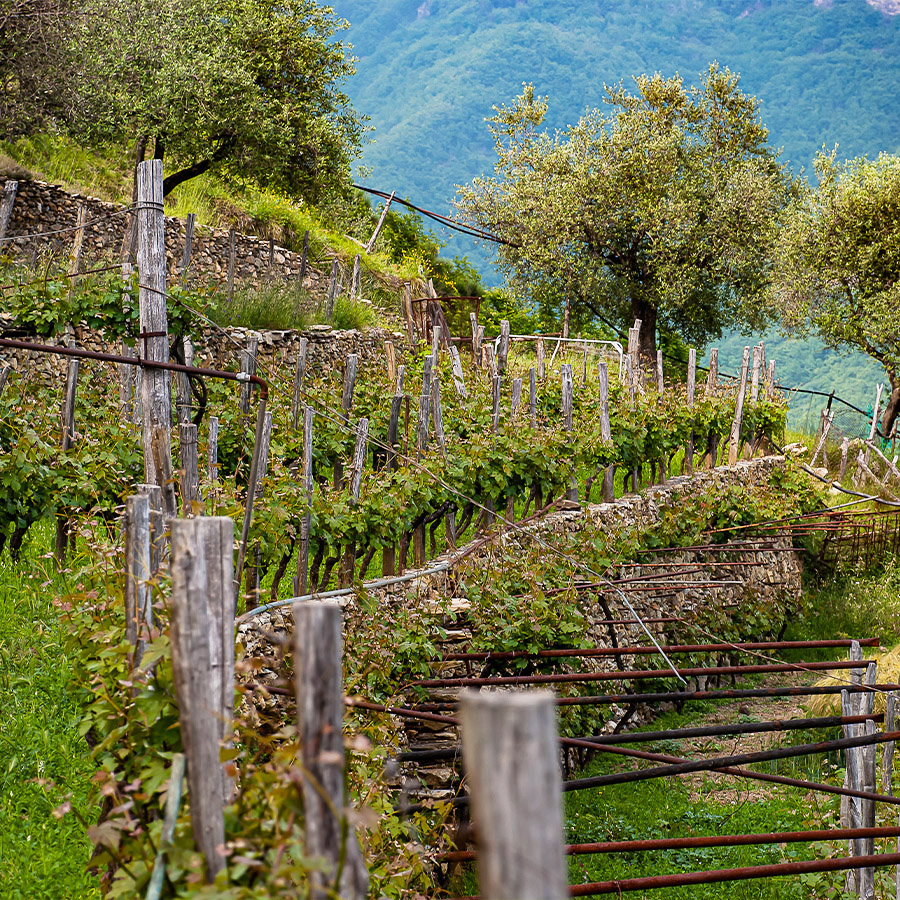
A white world, a world of milk
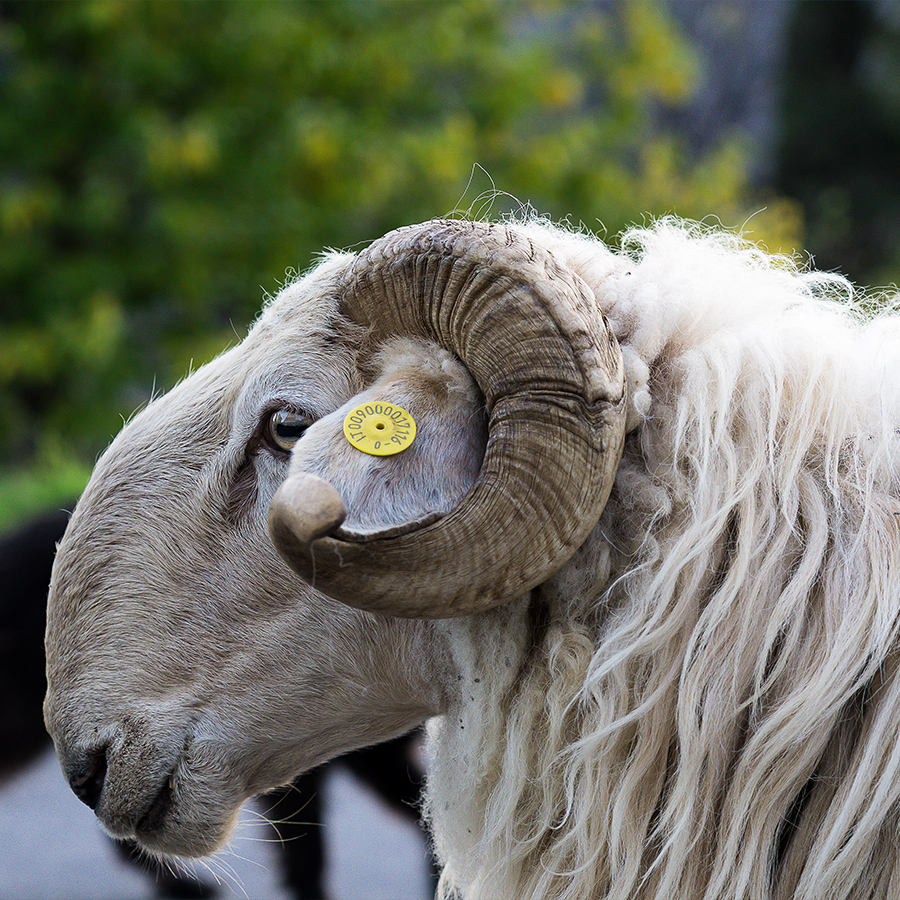
Today, in Triora, you can still taste and buy excellent cheeses. If there are pastures, spring and summer, there is milk. Cows, sheep, goats. This means fresh milk to eat, traditional production of butter and, still today, of cheese.
The Liguria Region (Triora is in Liguria) carefully defines the typical regional products. Many of them are linked to Triora, precisely because they are linked to the traditional production of milk. They are mostly produced in the “malga”, in spring and summer, when herds and flocks go up to the mountain pastures. Cheeses and cheeses made from sheep’s, goat’s and cow’s milk. For all, fragrance and freshness, hints of grass and mountain flowers.
Amongst all, the tasty brussu, a fermented ricotta made from sheep’s milk, stands out. Then there is the sora and toma, still linked to the milk production of Brigasque sheep. There are centuries and centuries of cultural exchange in these names: we are talking about cheeses that were born in a world that is both Ligurian and Piedmontese. Plus, alpine, in that uniqueness of the ‘brigasca’ sheep.
Today part of the former Italian municipality of Briga is within the territory of Triora. The Alpine space is increasingly without real borders, however. Today there are no longer thousands of sheep, as there were in the 20th century. Today there are no longer goats in every stable in the village, which meant fresh milk every day and grazing of the beasts near the villages under the control of village boys, never the same, because living free in the countryside is a beautiful thing. This is what Triora teaches us. And taste the cheeses…
Living in a wild world
Creppo, Bregalla, Loreto, Cetta, Goina, Verdeggia… Borgosozzo, Foresto, Pian del Vescovo, Masseria, Cianfregheo, Barche, Cà Bruciata, Fasciarengo, Pian Pagliai, Bottesina, Gerbonte…
the current communal districts of Triora, with houses and a chapel or simple villages with a few dwellings.
In addition to these, there are also those hamlets of Brigasco that became part of the municipality of Triora in 1947: Realdo, Borniga, Pin, Abenin, Craviti… In short, there are dozens of them. They were born in recent times, even if recent means two or three hundred years ago. Inhabited as a continuation of, or on the occasion of, agricultural work, often linked to the fields sown in the mountains or the meadows to be mown.
The houses seek exposure to the sun, there is some space, even if the land is always on a slope. They are not piled one on top of the other, although some settlements are more perched than others. The house is simple: a stable for animals, the inevitable goat, some hay, the cellar. One floor with the kitchen, the warm heart. Neighbouring rooms or even a floor for beds or drying foodstuffs.
Read more
Think of a world that has been dark, without electricity, dependent on wood and the nearest spring. Day and night are not silent. They live on the sounds of Nature. The wind, the cries of birds. Nearby, foxes barking. There have been wolves, they were extinct and have returned. There have been bears, the deer return. Weasels and other predators of farm animals run stealthily, especially at night. Badgers and hedgehogs are often on the trail. The wild boar is now present everywhere. It is hard not to see its tracks. The chamois move in herds at high altitudes, the roe deer come out of the woods at night in summer to graze on tender grasses.
In the past, there was a strong human presence in this world, and there was significant competition with the animals in the search for space and food. Today there is less humanity and we should approach Nature with silent attention. Even living in or visiting the settlements in the area. Stone, a lot of wood, the latter especially in Brigasque land.
Time has stopped, let us stop it too. The mysterious alchemy between Man and Nature should be explored here.
